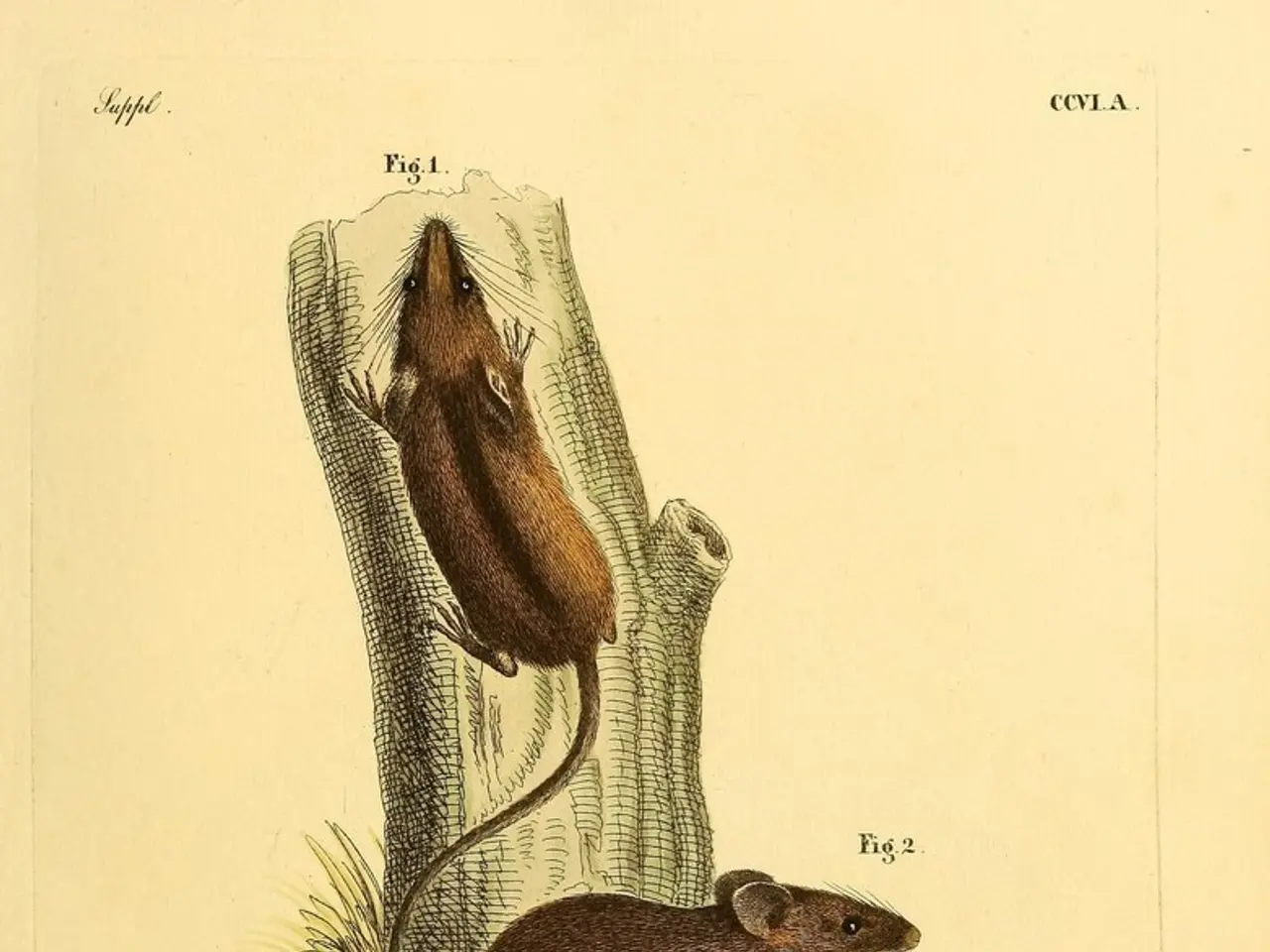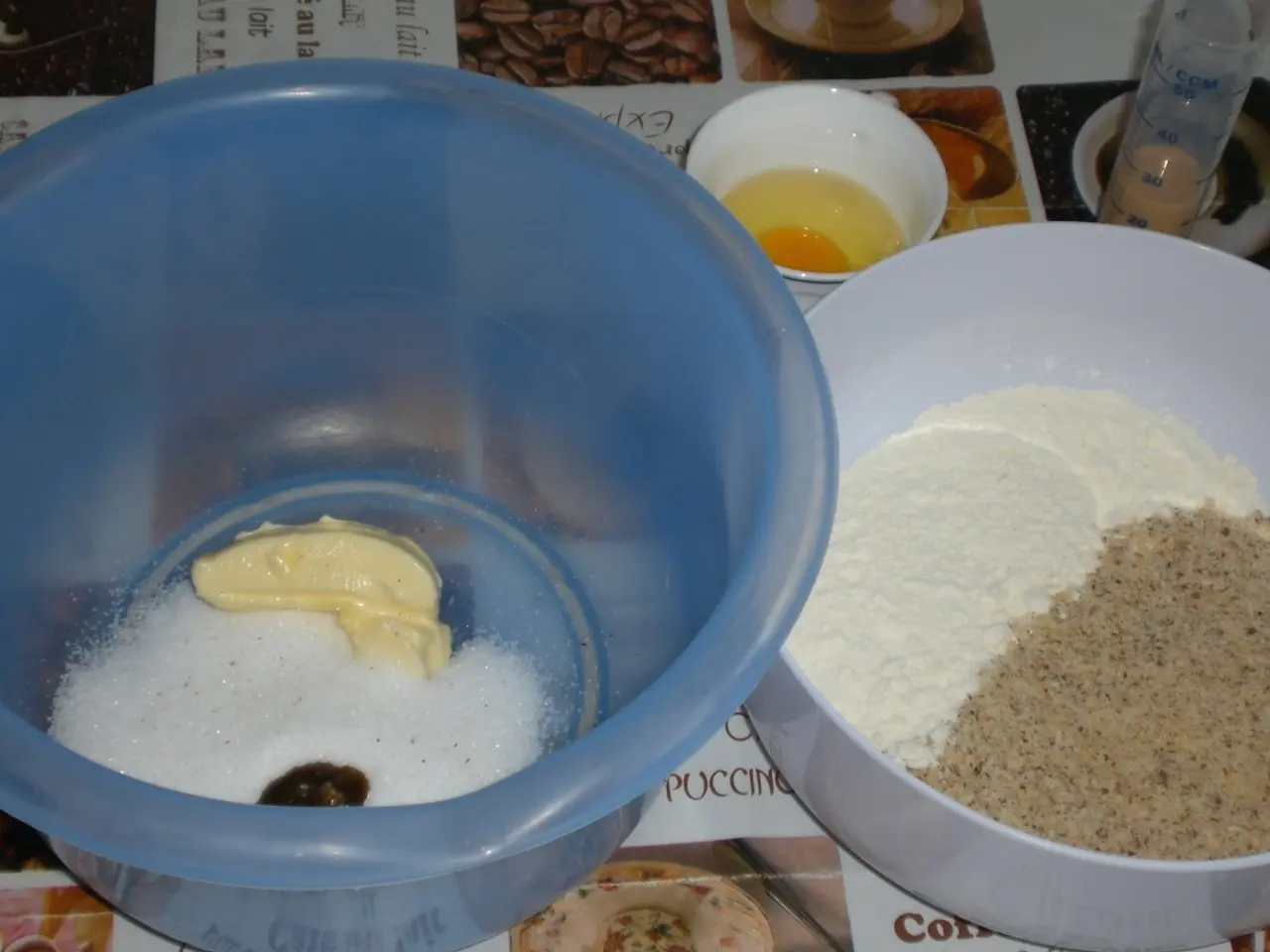Thoracotomy Exploration, Procedure, and Prognosis
In the realm of surgical procedures, thoracotomy stands as a crucial intervention for addressing issues related to the thoracic organs, which include the heart, lungs, food pipe (esophagus), diaphragm, and part of the aorta. This article offers a comprehensive guide to the post-operative care, pain management, and potential complications associated with thoracotomy.
### Post-Operative Care
Following a thoracotomy, patients typically remain in the hospital for 7 to 14 days, depending on the extent of surgery. During this period, medical staff closely monitor vital signs, lung function, wound healing, and chest tube output to detect any complications early.
Early initiation of pulmonary rehabilitation and chest physiotherapy is critical. Breathing exercises and mobilization begin within 48 hours post-surgery to prevent lung complications such as atelectasis or pneumonia and to improve lung expansion. A structured protocol of gradual mobilization is employed to enhance physical function and activities of daily living.
### Pain Management
Pain control is vital as thoracotomy is associated with significant post-operative discomfort. Strategies often include opioids supplemented by adjuncts like S-ketamine (at minimal doses) to reduce opioid requirements and improve pain relief without excessive side effects. Regional anesthesia techniques such as epidural analgesia or paravertebral nerve blocks may be used to manage pain more effectively and facilitate better respiratory function by enabling deeper breaths and coughing without pain.
### Potential Complications and Their Management
Respiratory complications, including pneumonia, pleural effusions, or prolonged air leaks, are a concern post-thoracotomy. Regular chest X-rays and ultrasonography monitor lung re-expansion and fluid status. Chest tube drainage is closely observed and managed until output decreases to acceptable levels (generally less than 100 mL/day).
Post-intensive care syndrome (PICS) can affect physical strength, cognitive function, and mental health. While cognitive function may remain stable, physical deterioration in frailty and activities of daily living is common, especially in older adults or those undergoing more invasive procedures. Infection and wound care require careful attention to surgical site hygiene and monitoring for signs of infection.
### Summary
Effective recovery after thoracotomy is a multidisciplinary effort involving surgeons, anesthesiologists, nurses, physical therapists, and rehabilitation specialists. The aim is to restore lung function, control pain, prevent complications, and improve quality of life. A table summarising key points in the recovery process is provided below.
| Aspect | Key Points | |--------------------------|--------------------------------------------------------------------| | **Hospital stay** | 7–14 days with close monitoring | | **Respiratory care** | Early chest physiotherapy, breathing exercises, chest tube management| | **Mobilization** | Initiated within 48 hours, progressive physical therapy | | **Pain management** | Opioids, adjuncts (e.g., S-ketamine), regional anesthesia techniques| | **Complications** | Respiratory issues (pneumonia, effusions), physical impairment, infections | | **Follow-up care** | Continued pulmonary rehab, monitoring lung function, ADLs support |
It is essential to remember that the outlook for a person who has had a thoracotomy depends on the reason they had the procedure. If a person experiences pain or side effects after surgery, they should speak to their doctor as soon as possible. In an emergency situation, a thoracotomy may be used for resuscitation. Rare cases have reported paraplegia after a thoracotomy, but this is not a common occurrence. The thoracotomy wound should heal within 2 months, and the pain will gradually decrease over this time.
Patients may experience nonsmall cell lung cancer, a common medical condition requiring thoracotomy for surgical intervention, and should be aware of potential complications such as lung function issues, respiratory infections like pneumonia, and prolonged air leaks. Effective pain management strategies include opioids, adjuncts like S-ketamine, and regional anesthesia techniques, which improve pain relief and facilitate better respiratory function. Once discharged, cancer patients need ongoing cancer care, health-and-wellness management, and therapies-and-treatments, as appropriate, to ensure a smooth recovery and improved quality of life.




